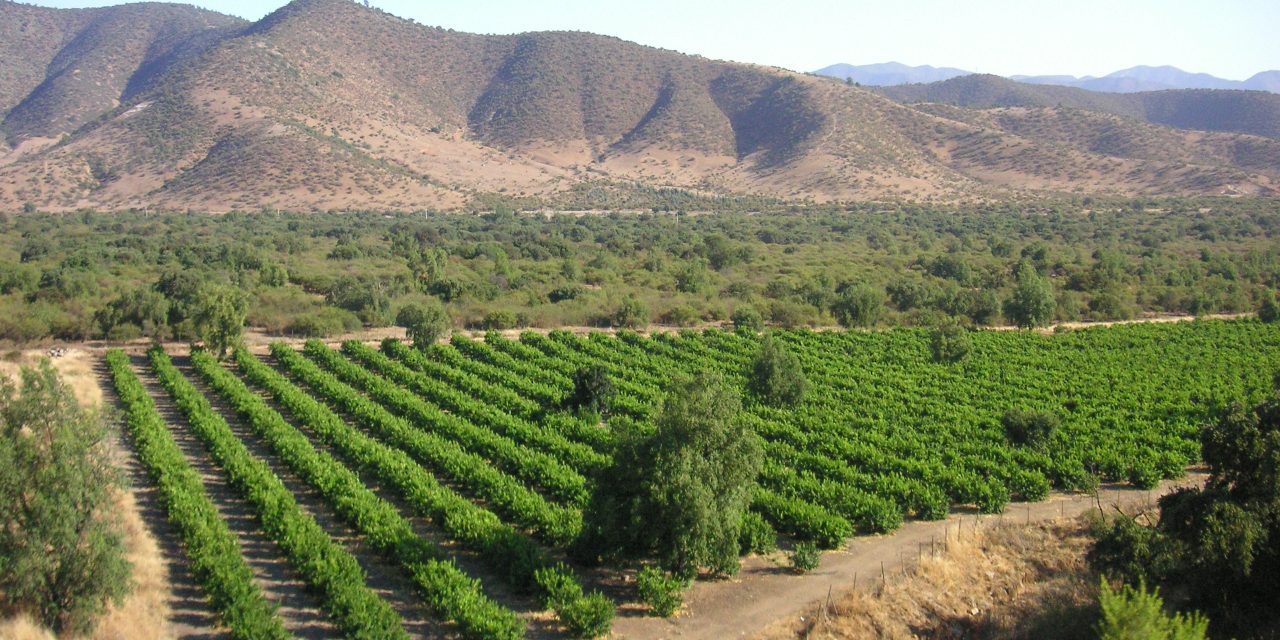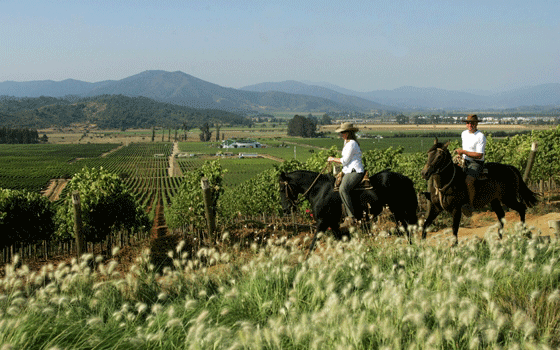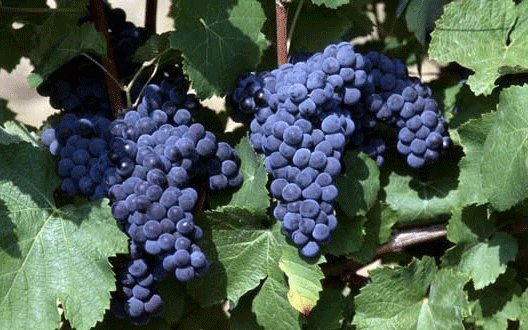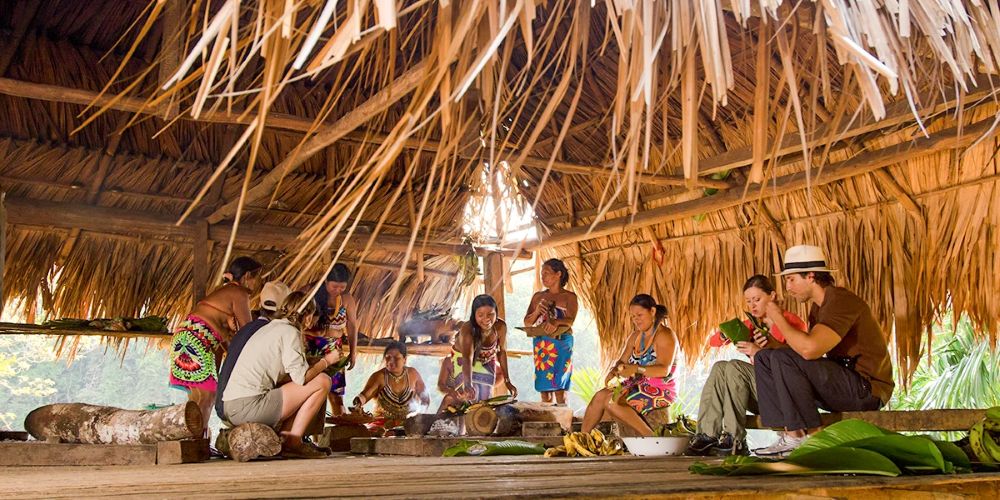Texte et photos de Maria Victoria Wazar – Cet article a été publié initialement sur le site www.elcafelatino.org
Avant de commencer sur ce qui est aujourd’hui le résultat d’années de travail manuel, d’application d’un savoir empirique ayant pour conséquence la transmission de génération en génération de la culture de la vigne, il est important de faire une brève introduction sur l’histoire du vin en Amérique latine. De Mexico en passant par le Brésil, l’Uruguay, le Venezuela, la Bolivie, sans oublier bien sûr le Chili et l’Argentine, dont les vignobles ont atteint aujourd’hui une renommée mondiale. On découvrira comment l’identité viticole de chacun de ces pays est le produit d’un passé, d’une trajectoire indiscutable en termes d’héritage et de biens accumulés depuis des siècles.
Chili : un peu d’histoire…
Il est évident que l’introduction de la vigne en Amérique latine résulte de la présence des premiers colons espagnols. En 1551, les Espagnols ont introduit au Chili les premiers plants de raisins, et le premier vin issu de ceux-ci a été produit en 1555.
Il faut souligner que le vin à cette époque était consommé essentiellement durant les cérémonies religieuses menées par les missions catholiques espagnoles. Cela explique pourquoi la recherche de qualité n’était pas le centre d’intérêt du « consommateur ». La production et la consommation de ces vins ont nettement augmenté grâce à un tragique événement en Europe : la crise du phylloxera. Cette maladie bactérienne atteint le raisin en dévastant complètement des milliers d’hectares, surtout en France. Ce terrible événement se produisant lors de la troisième partie du XIXe siècle a eu un impact positif dans la viticulture sud-américaine.

Il fallait bien satisfaire la demande du vin en Europe et c’est ainsi que les vins chiliens, par exemple, se sont exportés avec succès. En termes de qualité, le vin chilien a connu des améliorations. La clientèle européenne étant assez exigeante, les producteurs de vins ont commencé à s’intéresser à la qualité, au terroir et aux différentes méthodes d’élaboration du vin.
La méthode d’élaboration moderne du vin apparaît très précisément en 1860 quand les riches propriétaires de terres, aux alentours de Santiago, ont demandé aux producteurs français se trouvant au chômage à cause de la crise de phylloxéra de cultiver la vigne nouvellement importée.
A partir du XIXe siècle, des pays comme le Chili et l’Argentine s’établissent comme producteurs de vins bon marché avec un bon rapport qualité-prix. Le Chili n’a jamais été atteint de cette maladie bactérienne notamment grâce à sa « barrière » naturelle constituée par la Cordillère des Andes, le désert d’Atacama et l’Océan Pacifique.
Durant cette période, des racines de cépage comme le Merlot, provenant du Bordelais, ont été arrachées pour être plantées au Chili. Avant la crise du phylloxera, le vignoble bordelais était très différent de ce qu’il est actuellement ; il y avait une dominante de cépages Merlot et Carménère. Avant cette crise, 60 à 90 % du vignoble était planté de Carménère, cépage apprécié autant que le Cabernet Sauvignon. Mais les rendements irréguliers du Carménère ont contribué à l’abandon de ce cépage au cours du XXe siècle.
Au milieu des années 1980, un effort considérable sur l’investissement et la modernisation commence dans les vignobles chiliens. Ces investissements comprennent surtout le travail artisanal, le développement technique, l’accès à de nouvelles technologies et l’acquisition de tendances à la recherche d’un vin à la hauteur des attentes internationales. Ce qui explique qu’aujourd’hui le Chili est le principal pays producteur de vins en Amérique du Sud.
Carménère : la diva chilienne

Cela ne surprend personne quand on entend un vigneron s’exprimer vis-à-vis du Carménère : « c’est un clone un peu étrange du Merlot ». En réalité, durant plusieurs décennies, la plupart des vignerons étaient incapables d’établir les différences entre le Merlot et le Carmenère car les raisins étaient identiques. Les vignerons ont découvert à leur grande surprise, après une analyse ADN en 1996, que ce qu’ils cultivaient et qu’ils sortaient sur le marché comme du Merlot n’était autre que du Carménère.
À partir de 1998, on commence à imprimer « Carménère » sur les étiquettes des Domaines chiliens producteurs de ces vins. Aujourd’hui il est plus simple de distinguer le Merlot du Carménère. Selon les experts, la différence se trouve dans la couleur sous les feuilles de la vigne ; elles sont rouges sur le Carmenère et blanches sur le Merlot.
Le cépage Carménère est une variété se mariant à merveille avec le Cabernet Sauvignon. En assemblage, ces cépages apportent au vin un caractère vif, des arômes et une sensation de fruits intenses en bouche. Une fois dans les chais, le vin issu de Carménère demande des soins importants ; son faible taux d’acidité l’expose davantage aux infections bactériennes. C’est aussi ce faible taux d’acidité qui apporte au vin ce goût de fruits rouges et noirs particulièrement délicieux ainsi que des notes épicées. Les tannins sont puissants et fins donnant au vin son corps et sa structure. En bouche, le vin reflète une complexité faisant référence aux arômes de café, de viande grillée, de céleri, et même de sauce soja pour certains. La plupart des dégustateurs apprécient le Carménère et se plaisent à dire qu‘il fut mis au monde pour améliorer le Cabernet Sauvignon comme le Merlot.
Œnotourisme : « La route chilienne »
Ce circuit comprend 4 jours au départ de Santiago. Il inclut des vignobles se trouvant à moins de 200 km. Un petit schéma vous donnera une idée.
Le meilleur de ce circuit : plusieurs domaines offrent des visites spectaculaires (surtout les plus importantes) avec des promenades à cheval à travers les vignobles ainsi que des logements dans des chambres surprenantes.
Le point négatif de ce circuit : le transport terrestre peut être fatigant. L’idéal étant, si l’on fait le voyage en groupe, de louer un minibus avec un chauffeur qui connaît déjà les routes à prendre.







